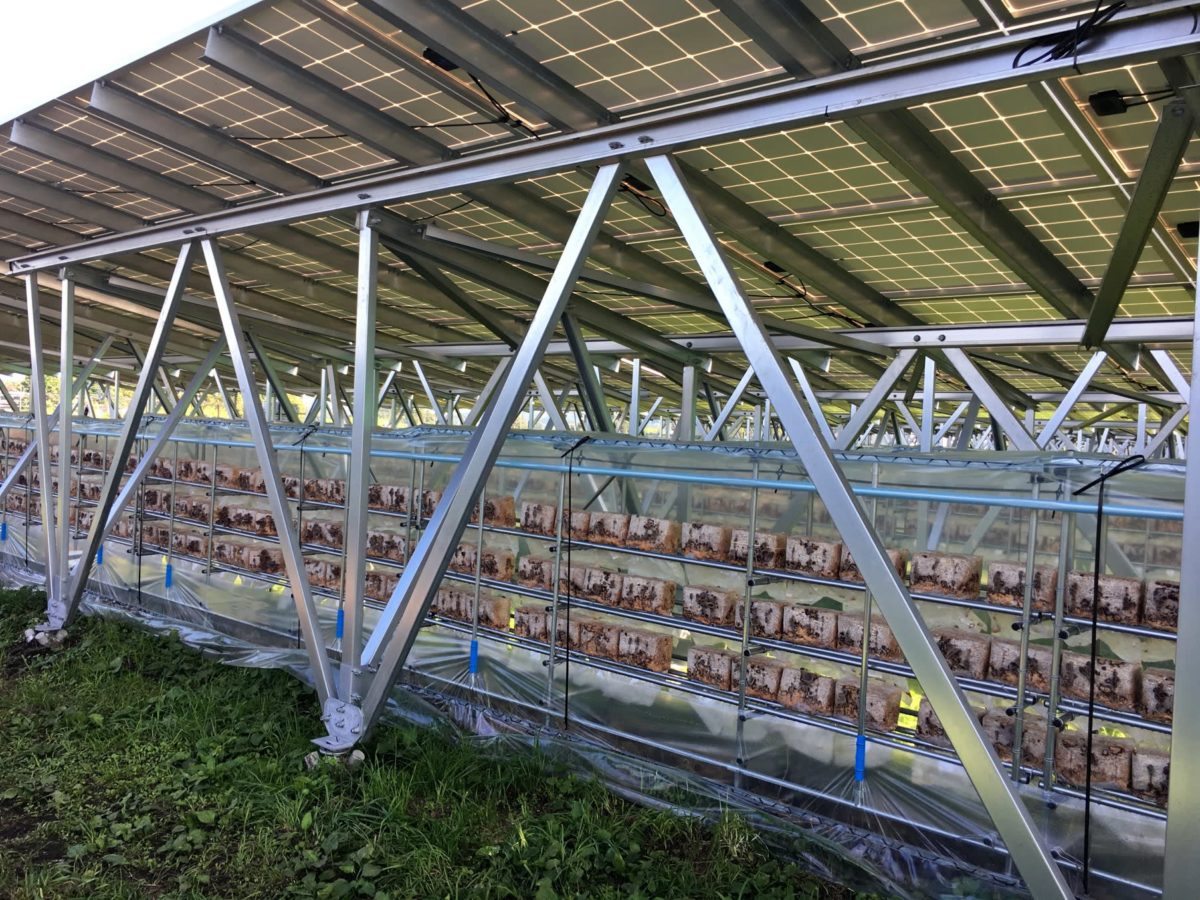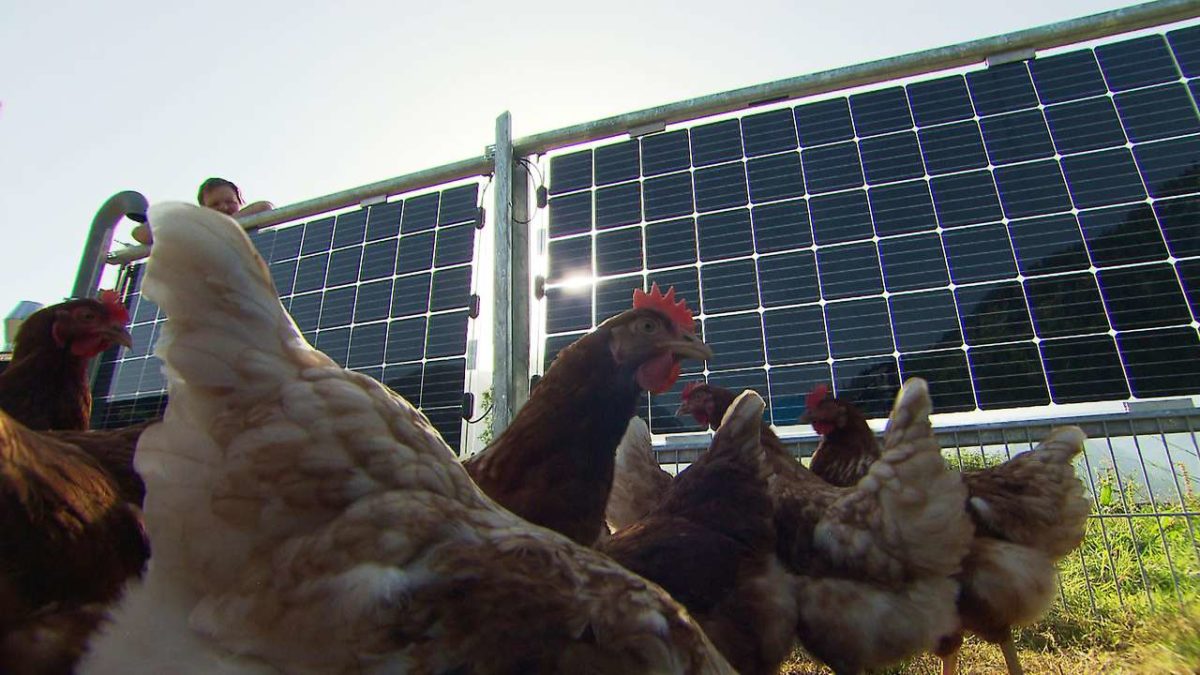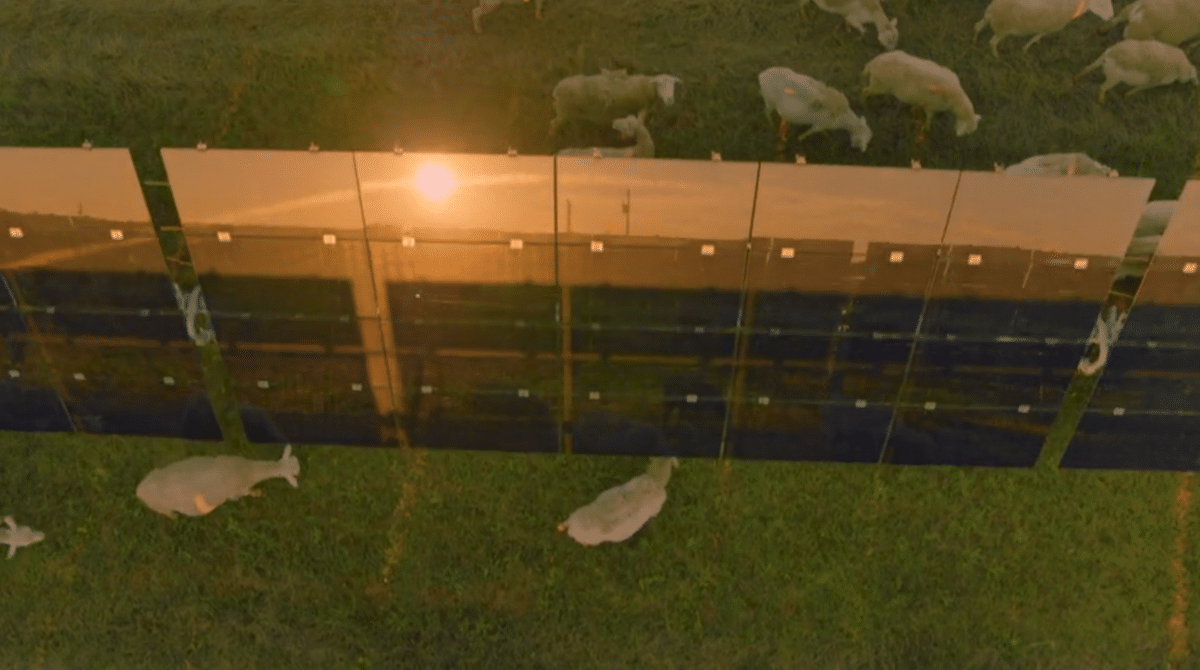As we build solar power, we’re told by both locals and the state of California to not mess up the environment. The climate hawks thank the renewable industry for its hard work at cleaning electricity, but remind us that transportation and land use are the next challenges. And we as developers know deep inside of us, that it is not the solar power that matters to many of those approving our permits and voting for policies to support our product – but the broader ecosystem that we all live in. And because of all of this, our solar power has to be better than their fossils.
Solar developer Silicon Ranch has launched a holistic solar land management program Regenerative Energy. The group’s hoped for outcomes include:
- Sequestered carbon, biologically active soil, and improved soil formation and stabilization
- Improved air and water quality and increased water quantity
- Increased biodiversity and enhanced overall ecosystem functions
- Established pollinator habitat and endangered species habitat
- Direct and indirect local job creation, job training, empowered community participation, distributed economic impacts, and reciprocal knowledge transfers
- Generational equity, community resiliency, and volunteer opportunities
Silicon Ranch has hired Michael Baute as its Director of Regenerative Energy, and notes that projects will be certified by an independent third party and will vary by project and local conditions.
The group notes in its beautifully made video (see bottom of article) that as the the solar industry scales globally, it is going to have a responsibility of managing 6 million acres of land.
As a whole, this land use angle of solar is picking up in a broad manner. Tomorrow, if you’re so inclined, you can join in on the Florida arm of the American Solar Grazing Association call and listen to Tampa Electric Company’s Paul Warren talk about the utility’s partnership with A+ Environmental Restoration, who is providing animals to graze on all of their arrays.
Of course, you can always integrate your own pollinators for less than a penny a watt. Or maybe grow some mushrooms (below) under your modules, possibly some potatoes, feed your sheep better, how about cranberries – or maybe a fish farm?

As noted in article recently posted on our parent site, pv magazine:
A total of 1.35 million hectares of land were used for biogas in 2018 (in Europe). Of this, approx. 900,000 hectares were used for the cultivation of silage maize. According to the current state of the art technology, 600 GWp of solar power capacity can be built on 900,000 hectares of land, generating 630 TWh of electricity annually. Biogas plants operated with silage maize generate almost 10 TWh of electricity on the same area.
In the United States, 34.5% of our 89 million acres corn goes to ethanol. 89 million acres of ethanol corn would turn into about 22 TW of solar power, and that would power a whole lot of Teslas. NextEra has about 21 GW of wind+solar in its long pipeline; I wonder how many of those farmers also make corn for ethanol?

Even as I write this article, the above image pops up in my Twitter feed – a chicken farmer making chicken fencing out of bifacial solar modules. Is this building integrated photovoltaics? Or agrovoltaics?
Whatever we name it isn’t relevant, what is relevant is that it is a thing that must now be considered. The solar industry is in a multi-decade expansion, and with that power will of course come new responsibilities. And while there is plenty of solar power that is going to be built in barren land, there’s enough that will be built within confines of local jurisdictions and influential neighbors (not to mention the transmission we’ll need), that we ought not look at “land use” as challenge, but instead as an opportunity – like Silicon Ranch is – to make our product even better, to make our product welcomed, and maybe even desired.
This content is protected by copyright and may not be reused. If you want to cooperate with us and would like to reuse some of our content, please contact: editors@pv-magazine.com.









89 million acres of solar farms would be around 10,000 gigawatts of solar capacity. If only 34.5% of that area were “replanted” to solar farms, it would still generate more than twice the electricity annually consumed in the United States. 22 gigawatts is a drastic understatement of how much electricity can be generated on that much land.
Noted, moved the decimal